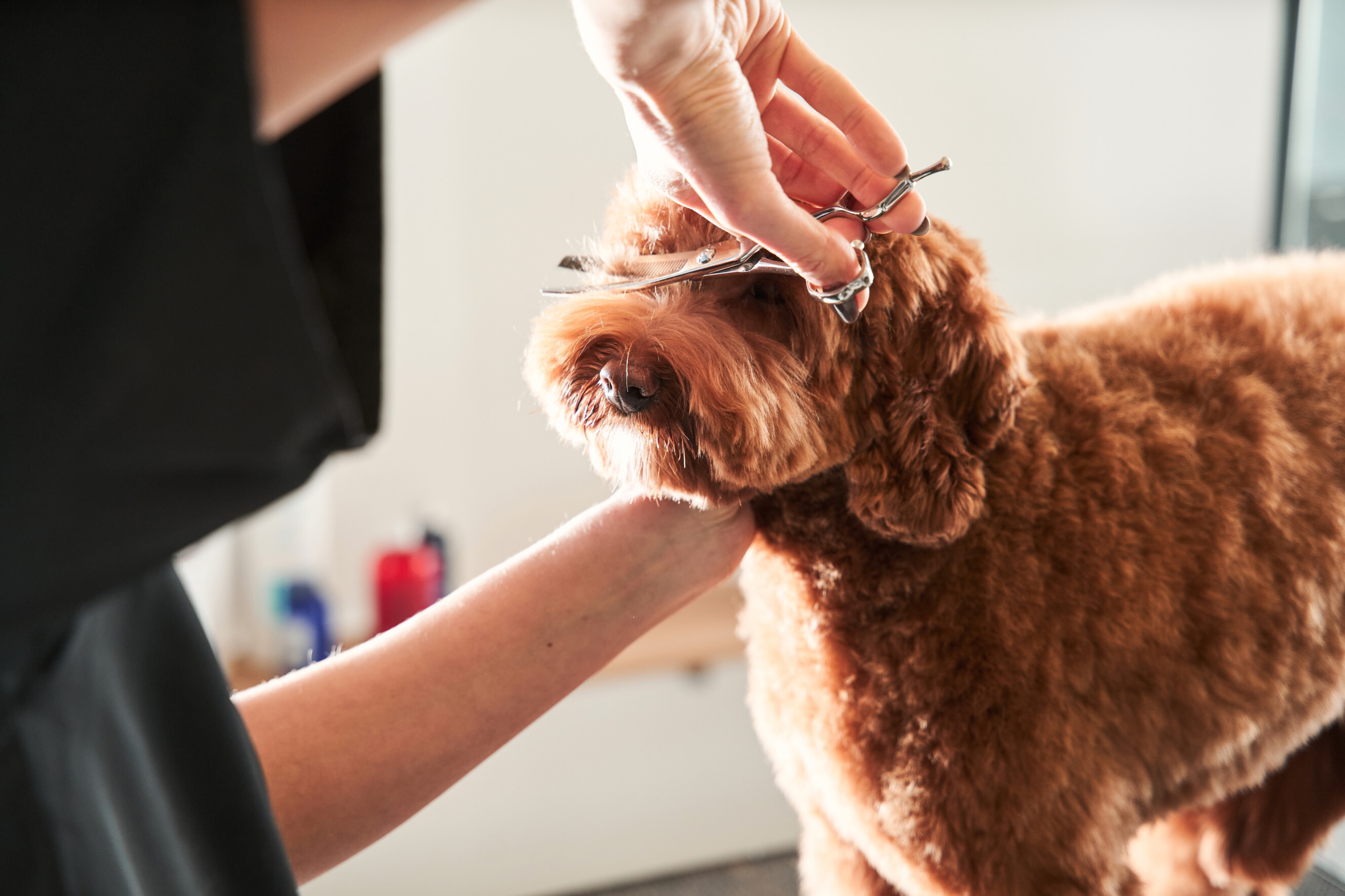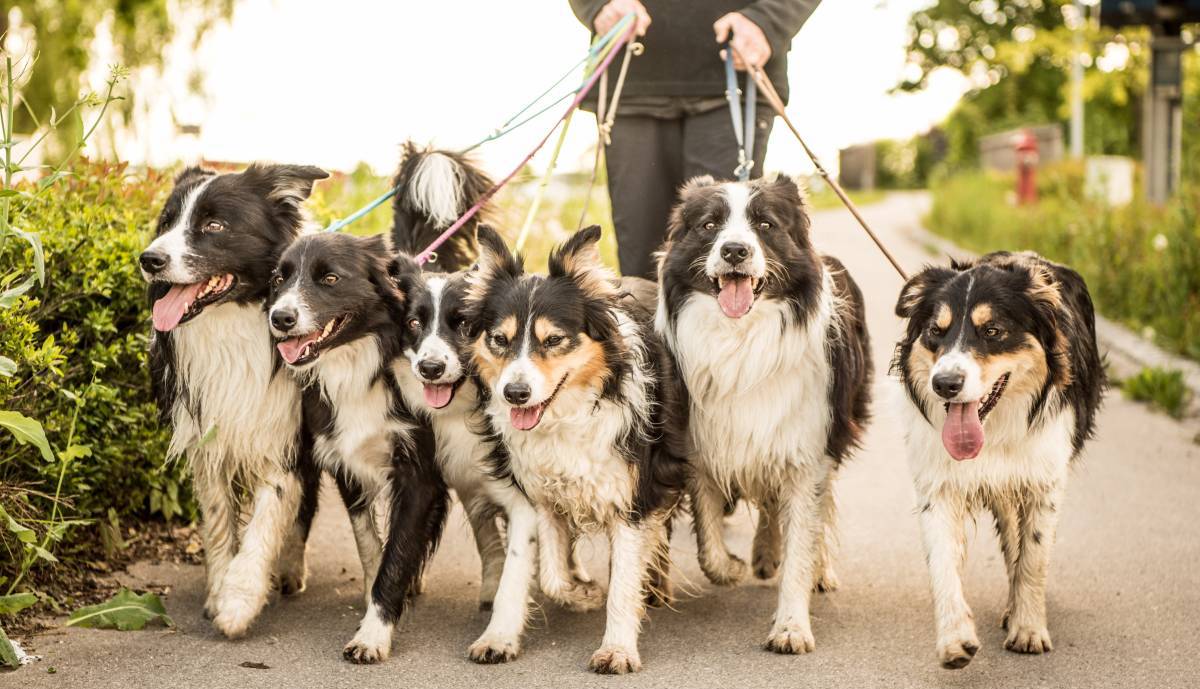- Home/
- Comparisons/
- Dog Care/
- Male vs. Female Dogs

Male vs. female dogs: What are their key differences?
Let's look at the differences between male and female dogs in behavior, care needs, and more
Hire a dog care expertLast Updated on
Key Facts
Male dogs are often larger, more territorial, and may require consistent training for assertiveness.
Female dogs are smaller in size and typically perceived as more docile and easier to house-train
Choosing the perfect canine companion involves more than just selecting a breed that fits your lifestyle—it also includes deciding between male vs. female dogs. While both sexes make great pets, there are some key differences that pet owners should consider before making a decision.
Some people are more comfortable with male dogs, believing them to be more protective and assertive. On the other hand, female dogs are often perceived as easier to train, making them a good choice for first-time pet owners.
In this guide, we’ll highlight the unique traits of each gender that may influence your decision. Here’s to finding a loyal companion that not only fits right into your life but also enriches it in every possible way.
Gender differences: Should you choose a pet dog based on gender?

When adopting a dog, it’s good to consider whether a male or a female will best suit your lifestyle and living situation. It’s no secret that certain characteristics are commonly associated with each gender.
Just like people, dogs have personalities that go beyond their gender. For instance, male dogs are considered more territorial and dominant, while female dogs are deemed calmer and easier to train. As an owner, you’ll want to assess how these traits might affect your experience with a particular dog based on their unique needs and personalities.
In some cases, male dogs may be prone to marking their territory more often, while female dogs may experience hormonal changes that can affect their behavior. Knowing these differences can help you prepare for potential challenges as well as make necessary accommodations.
But ultimately, it’s important to choose a pet dog based on your own preferences and lifestyle rather than solely relying on gender stereotypes. A male or female dog can make an equally loving and loyal companion.
Female vs. male dogs: Which one should you get as a pet?
Choosing between a male or female dog as your next pet is a decision that needs thoughtful consideration, but it doesn’t have to be overwhelming. Tailor your choice to your personal circumstances and outlook. Understand that each dog has the potential for companionship, love, and fun.
While there are behavioral tendencies associated with each sex, these are not absolutes. Read on to learn more about general differences and everything about male dog vs female dog behavior.
In terms of cost

When you’re trying to choose between male vs. female dogs as pets, understanding potential costs is both practical and empowering. On the surface, both may seem equivalent in terms of expense, but there are nuances worth considering.
Spaying a female dog is typically more costly than neutering a male due to the complexity of the surgery. For starters, spaying can cost anywhere from $50 to $500. Meanwhile, neutering ranges from $20 to $400.
However, this one-time expense can lead to long-term savings by preventing health issues related to reproductive systems. Unneutered males might be more likely to roam or fight, leading to potential veterinary bills for injuries. On the flip side, unspayed females will require special care during heat cycles, which could include hygiene products or potential vet visits for complications.
It’s important to note that these are general costs that can and do vary by geographical location, vet practices, and the dog’s size. Initially, setting up a furry friend can range from essentials like a bed or kennel, food, and other miscellaneous expenses to healthcare necessities such as vaccinations.
In terms of size and appearance
Dogs generally look similar regardless of gender. However, there are still male vs. female dogs pros and cons regarding appearance.
For example, females may have a more delicate appearance due to their smaller size and finer features. This can be seen in their overall body structure as females often have a smaller head and narrower snout. Meanwhile, male dogs are typically more muscular and larger in size.
There are also size differences between male and female dogs, with males usually being larger and heavier. This is because they have higher testosterone levels, aiding muscle development.
In terms of behavior or personality
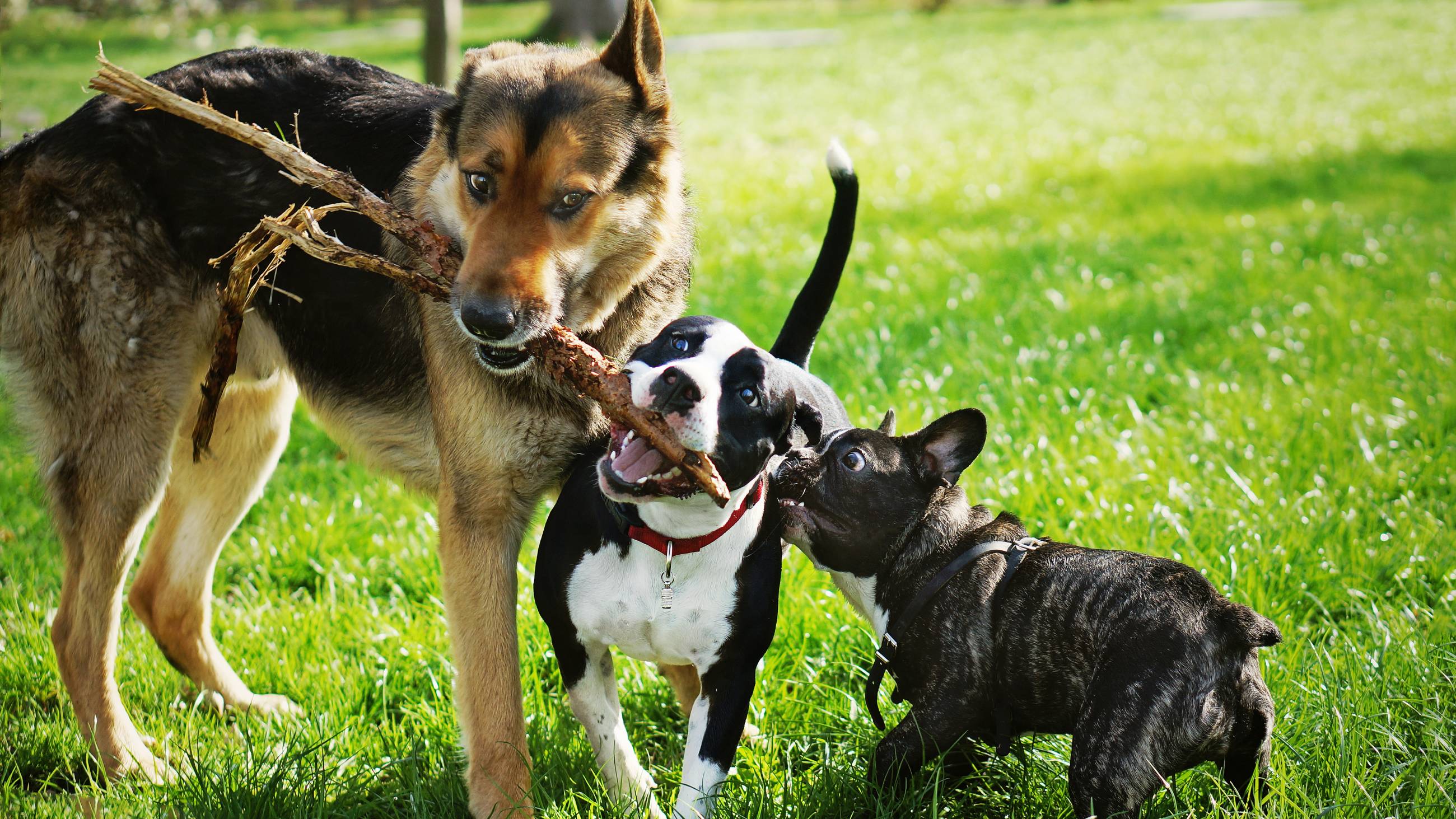
Generally speaking, male dogs often showcase more dominance and can be territorial. They have assertive body language and marking habits, which proper dog care and early socialization can turn into positive behavior.
Conversely, female dogs are typically perceived as more reserved and may be easier to train due to their inclination to focus and please their owner. They can be less prone to engage in alpha-type behavior but may also exhibit mood changes during their heat cycles that require understanding and patience from their owners.
While the gender of a dog does influence certain behavior traits, it’s important to understand that each dog is unique and personality varies widely, even within the same breed. The idea of male dog vs female dog temperament is not a definitive rule, and factors such as dog parenting and puppy training can have a significant impact.
In terms of lifespan and maturity
Male and female dogs have similar lifespans. Small breed dogs live an average of 12 to 14 years, medium breeds around 10 to 13 years, and large breeds typically live 8 to 10 years.
However, maturity can differ between genders and can affect male vs female dog personality. Male dogs tend to mature later than females, often taking up to a year longer to reach adulthood. This can mean they may act more puppy-like and exuberant for longer. Some owners may find this endearing, while others prefer a calmer dog.
On the other hand, female dogs tend to mature earlier and can become more independent compared to males. They don’t maintain playful behavior throughout adulthood and are often seen as more reserved. However, this also means they can be easier to handle and require less attention and training once fully grown.
In terms of care needs
Because of male vs female dog characteristics, each pup can require different things. However, grooming and basic care, such as proper nutrition, exercise, and medical check-ups, are always up on the list.
Female dogs have specific needs during their heat cycles, which can be a challenging time for owners. This includes keeping them physically separated from male dogs to prevent pregnancies. Providing your female dog extra care and attention during this time is important to ensure their comfort and well-being.
On the other hand, male dogs may be more prone to medical issues such as testicular cancer and prostatic disease. This highlights the importance of neutering male dogs for their health and longevity.
In terms of dog-proofing difficulty
When it comes to dog-proofing your home, there are different aspects to consider for male and female dogs. Male dogs may be more prone to marking their territory by urinating indoors, while female dogs may experience vaginal discharge during heat cycles.
Additionally, male dogs tend to have a stronger urge to roam and explore, making them more likely to escape from the safety of a fenced yard. Female dogs also tend to escape, particularly during their heat cycles, searching for a mate.
To properly dog-proof your home, it’s important to address these specific behaviors and tendencies of both male and female dogs. Here are some things you should prepare for:
Crate training
Crate training can help prevent male dogs from marking their territory indoors and also keep female dogs safe and contained during their heat cycles. It involves teaching your dog to feel comfortable and secure in a crate, which can also be useful for travel or if they need to stay at the vet.
Toilet training
Both male and female dogs need to be toilet trained, but it’s important to be extra vigilant with male dogs regarding marking. Reward-based training can help teach them where they are allowed to go to the bathroom.
Obedience training
By setting clear rules and boundaries from the start, your dog will learn to respect your space. Obedience training can be done by a professional dog trainer or at home.
Securing outdoor spaces
Adding extra reinforcement to your fence, such as burying chicken wire along the perimeter, can help prevent dogs from escaping and chasing after potential mates.
Juggle life and your furry friend well with Airtasker
Understanding the nuances of dog behaviors based on their gender is a vital part of establishing a secure and joyful setting for your furry friend. If you're unsure, check out Airtasker to find a reliable dog carer. Post a task today to connect with capable individuals who are ready to assist.
Male vs. Female Dogs
| Male Dogs | Female Dogs | |
| Cost | Lower neutering cost |
Higher spaying cost |
| Size and appearance | Larger, more muscular |
Smaller, finer features |
| Behavior and Personality | More territorial, playful | More docile, easier to train |
| Lifespan and maturity | Mature later, longer puppy-like behavior | Mature earlier, more independent |
| Care needs | Prone to roaming, benefits from neutering |
Special needs during heat cycles |
| Dog-proofing | May mark territory indoors |
May require hygiene products during heat cycles |
FAQs on male and female dogs
Absolutely! With proper training and socialisation, male and female dogs can live together harmoniously. It’s all about creating a balanced environment and setting the stage for a respectful relationship from the beginning. Plus, having a companion can be enriching for your dogs’ social lives.
Each dog has a unique personality that goes beyond gender. Love and affection in dogs can be greatly influenced by their dog parenting and individual temperaments. So, regardless of being male or female, your dog has the potential to be a loving member of your family.
Friendliness is not necessarily a trait dictated by gender. It largely depends on the dog’s personality, breed traits, and socialization experiences. Both male and female dogs can be equally friendly, hospitable to guests, and eager to make friends. It’s all about providing them with the right training and plenty of positive interactions.
Find dog care, fast
Post a task
Related articles

How to bathe your dog like a groomer
Read more

How often should you wash your dog?
Read more

How to groom a dog step by step
Read more

How to groom a long-haired dog
Read more
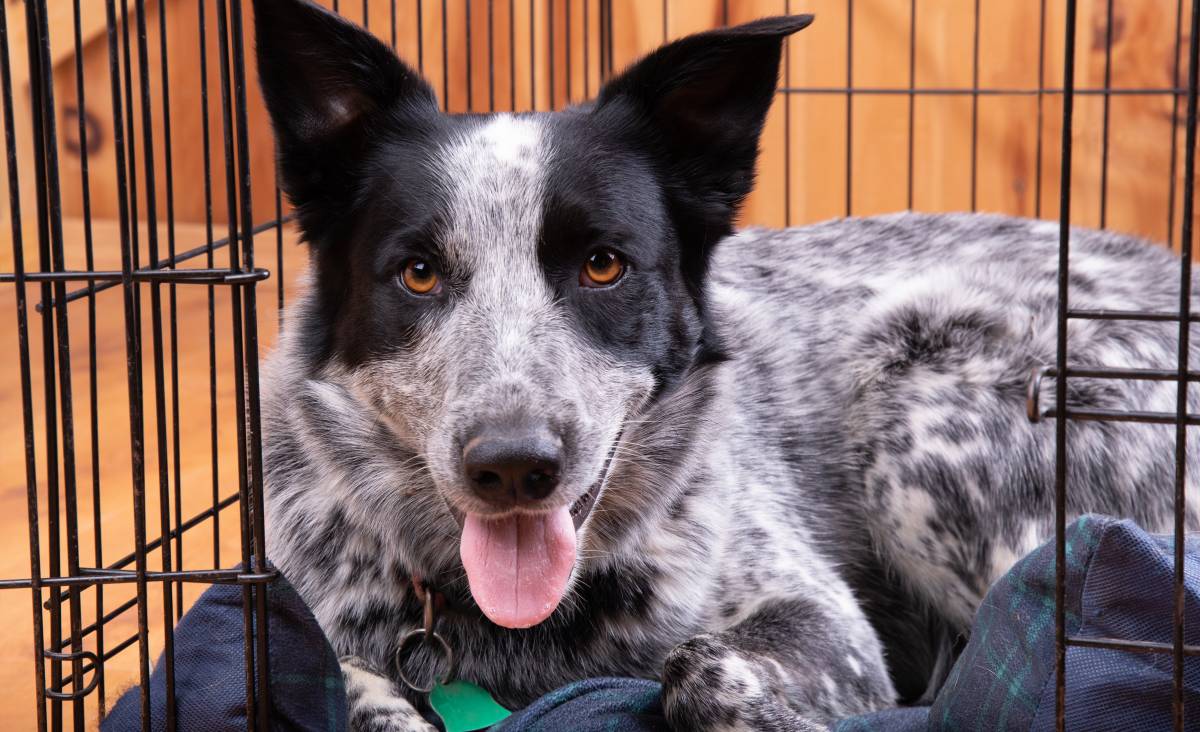
4 Tips for crate training a rescue dog
Read more

How to become a dog groomer
Read more
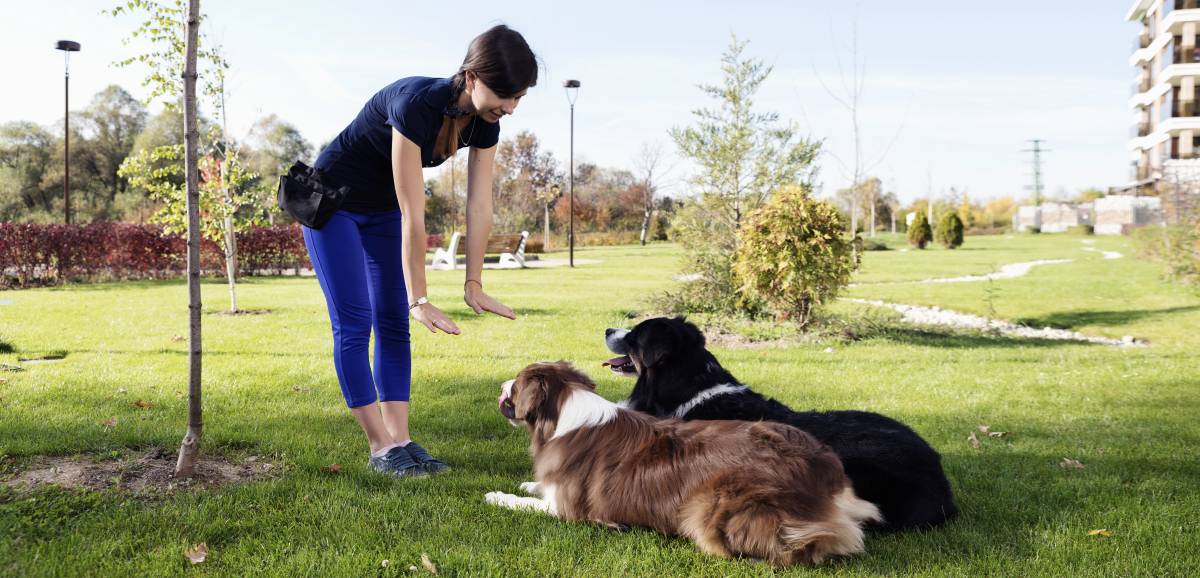
Dog training 101: How to train your dog
Read more

Tips for training an older dog
Read more

Your ultimate guide to dog care
Read more

Reactive dog training tips
Read more

3 Effective ways to house train a dog
Read more
Related price guides

How much does doggy day care cost?
Read more

